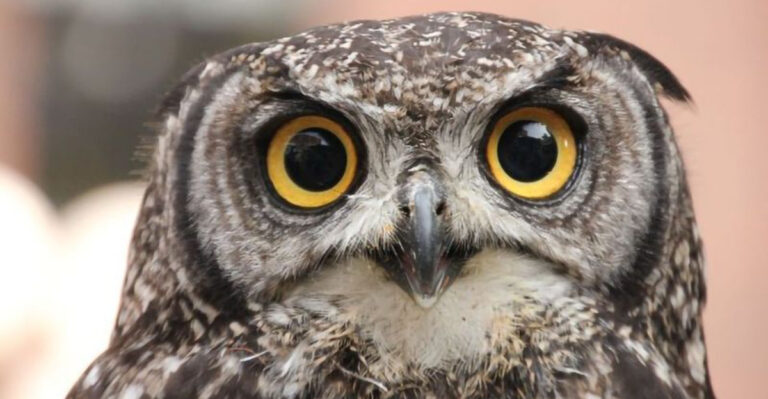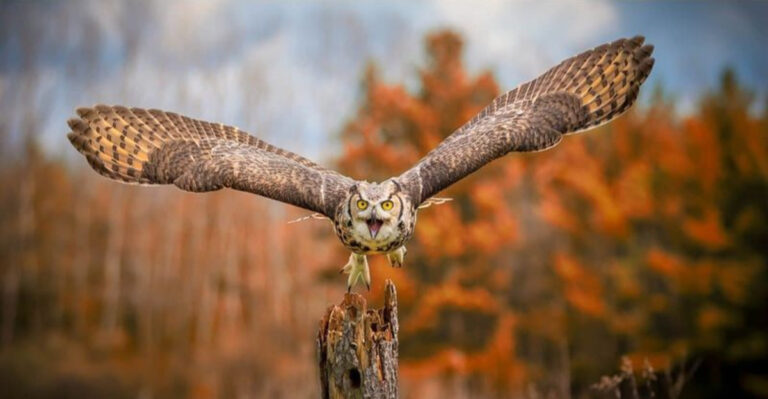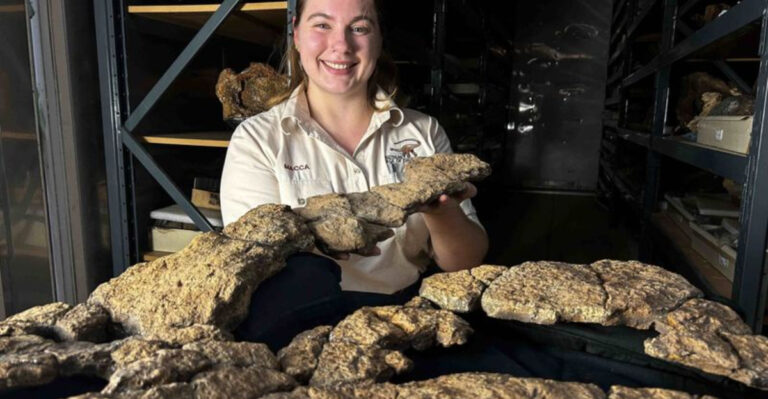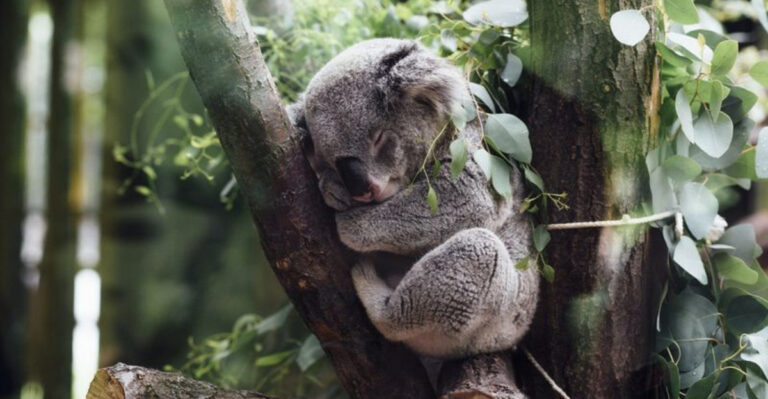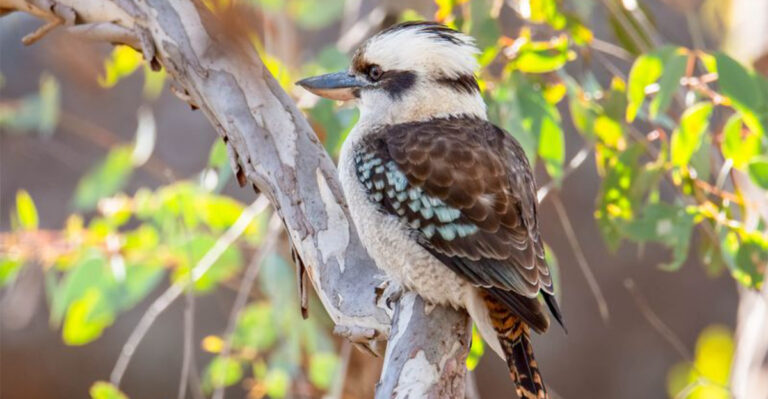12 Most Snake-Infested National Parks In America
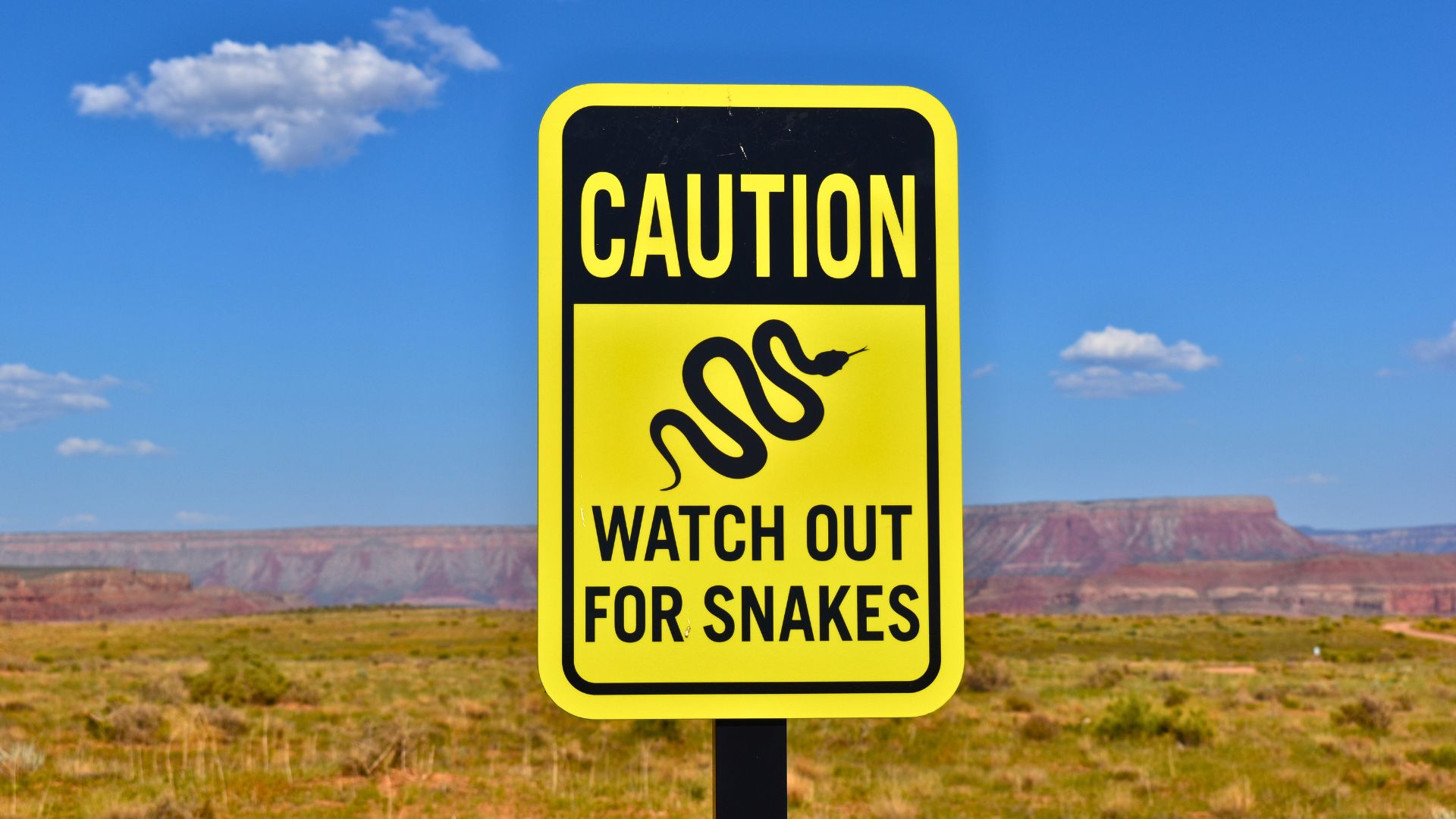
Explore America’s most snake-infested national parks, where the slithering creatures reign supreme.
From the arid deserts of Arizona to the lush wetlands of Florida, each park offers a unique habitat for various snake species.
Whether you’re a snake enthusiast or just curious about these fascinating reptiles, this guide will give you an insight into the 12 parks where you might encounter these intriguing creatures.
1. Everglades National Park
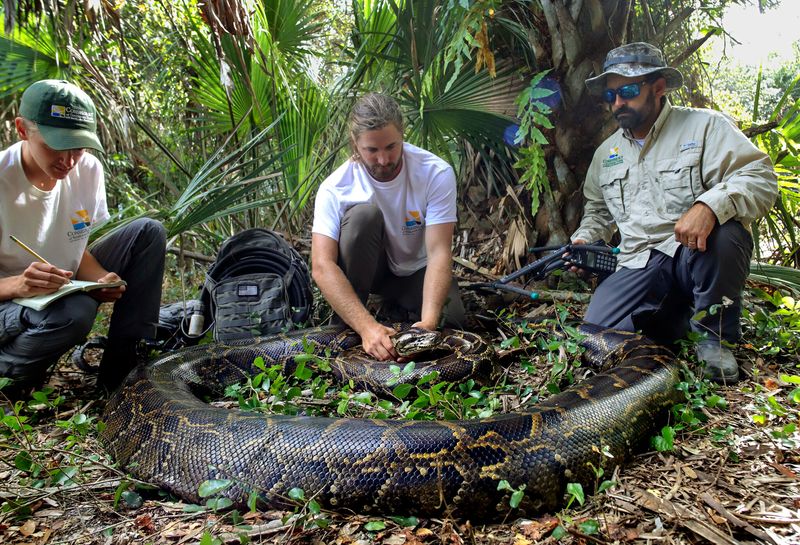
Everglades National Park in Florida is a haven for snake lovers. This expansive wetland is home to a variety of snake species, including the Burmese python, a non-native species that has made headlines due to its growing population.
You’ll also find the indigenous Florida cottonmouth, a venomous snake that adapts well to the park’s swampy surroundings. Visitors exploring the park’s boardwalks might catch a glimpse of these snakes basking in the sun or slithering through the undergrowth.
The park’s unique ecosystem provides plenty of hiding spots and hunting grounds for these reptiles. If you plan on visiting, be cautious when venturing into the wild, and always stay on designated trails.
Snakes play a crucial role in the park’s ecosystem by controlling rodent populations, and observing them from a safe distance can be a thrilling experience for those interested in wildlife.
2. Grand Canyon National Park
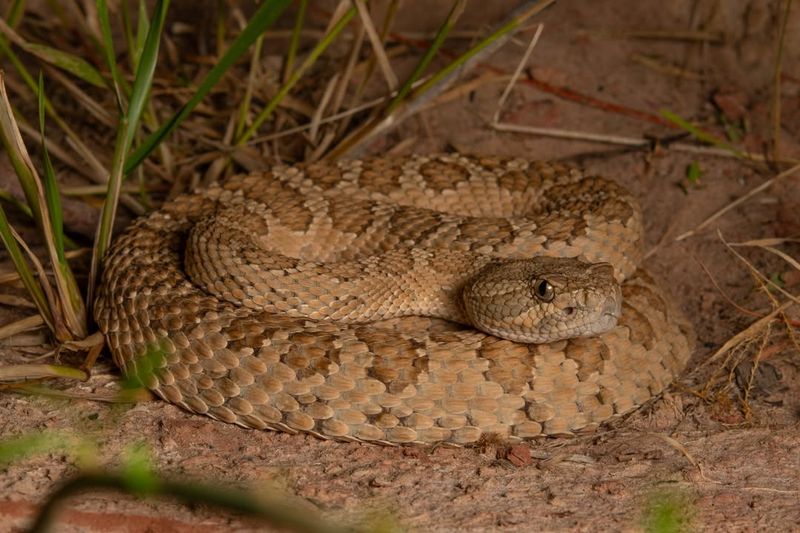
Home to the unique Grand Canyon rattlesnake, Grand Canyon National Park in Arizona is a must-visit for snake enthusiasts. This snake’s distinct pinkish hue blends perfectly with the canyon’s rocky terrain, making it a master of camouflage.
The park’s dry, rugged landscape is ideal for snakes, offering countless crevices and ledges where they can seek shelter and hunt for prey.
Besides the Grand Canyon rattlesnake, visitors might also encounter other species like the Arizona black rattlesnake.
When hiking through the canyon, keep an eye out for these elusive creatures. Their rattling sound is often the first sign of their presence, alerting you to keep a respectful distance.
These snakes are an integral part of the canyon’s ecosystem, helping to maintain the balance by preying on small mammals and insects.
3. Zion National Park
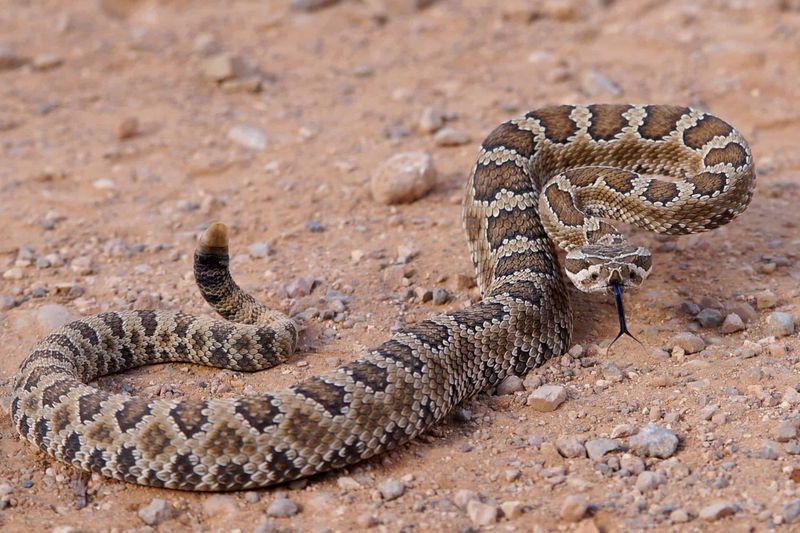
Zion National Park in Utah offers more than just stunning red rock cliffs; it’s also home to a variety of snakes, including the Great Basin rattlesnake.
This park’s diverse habitats range from desert landscapes to wooded areas, providing perfect conditions for snakes. The Great Basin rattlesnake is commonly spotted here and is known for its distinctive rattle and preference for rocky locales.
The park’s trails and canyons are ideal for spotting these elusive reptiles, especially during the warmer months. For those exploring Zion, staying on marked paths and being mindful of your surroundings is key.
Snakes are most active during cooler parts of the day, so early morning or late afternoon hikes might increase your chances of an encounter.
Remember, these snakes are more interested in avoiding humans than interacting with them.
4. Death Valley National Park
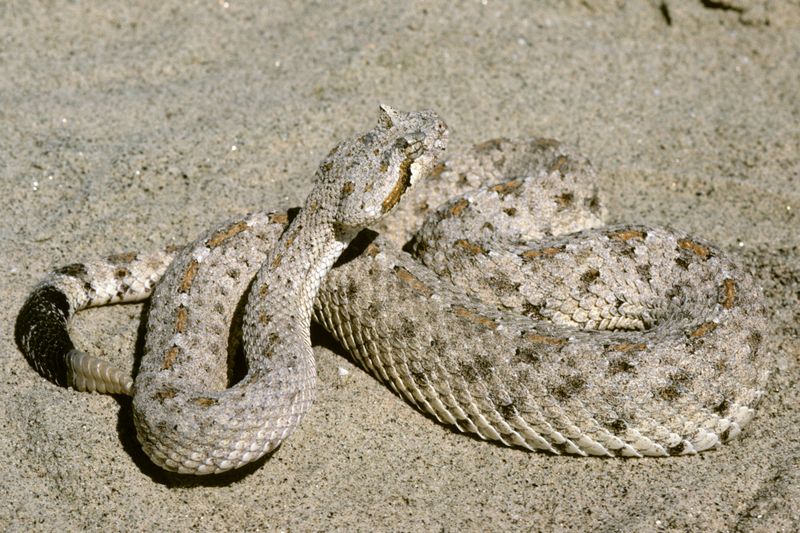
Death Valley National Park, straddling California and Nevada, might seem inhospitable, but it hosts several snake species adapted to its extreme conditions.
Among them is the desert night snake, a small, nocturnal serpent that thrives in the park’s arid environment. This snake’s elusive nature and nighttime activity make it a rare sight during the day.
However, those who brave the park after dark might catch a glimpse of it on the move.
The park’s stark beauty and dramatic landscapes are home to other species as well, such as the sidewinder, known for its unique sideways slithering.
Staying cautious and respecting these creatures’ habitats ensures a safe and memorable visit. Snakes are part of the park’s intricate balance and contribute to its ecological diversity.
5. Great Smoky Mountains National Park
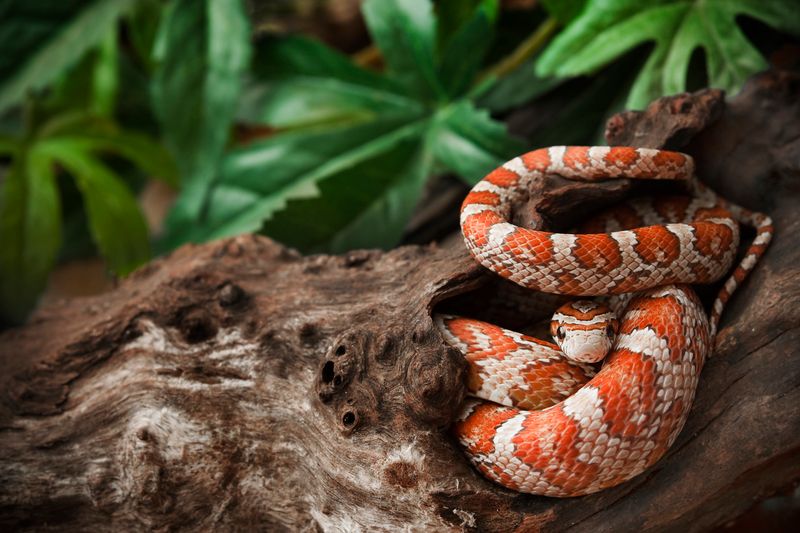
Great Smoky Mountains National Park, straddling North Carolina and Tennessee, is renowned for its biodiversity, including a variety of snakes. The timber rattlesnake is a notable inhabitant, known for its distinctive rattle and patterned skin.
This park’s dense forests and diverse microhabitats offer snakes ample hiding spots and hunting grounds. The cooler mountain climate supports a range of reptile activity, with snakes often seen basking near trails or hunting in the underbrush.
Visitors should tread carefully on the park trails, as spotting a snake can be a thrilling experience. Photography enthusiasts might capture stunning images of these creatures in their natural surroundings.
Remember to respect their space and observe from a distance, as snakes contribute to the ecological health of the park.
6. Big Bend National Park
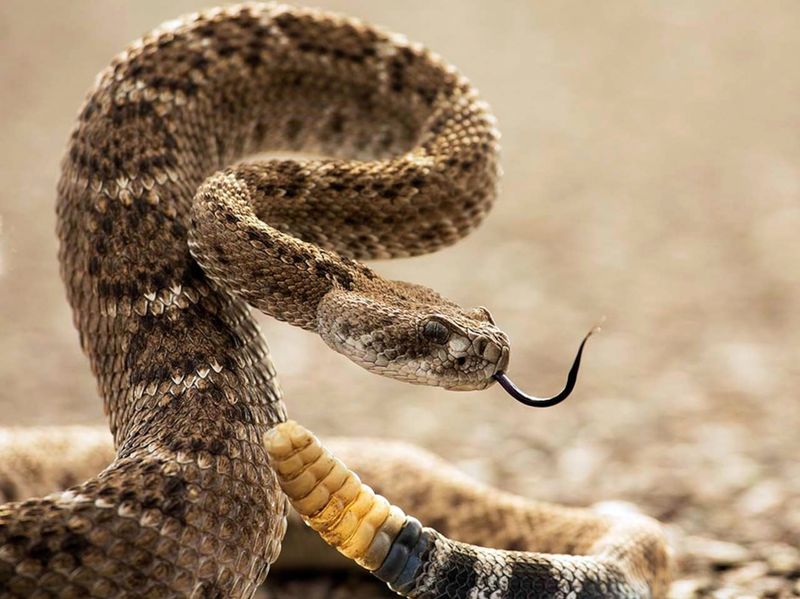
Big Bend National Park in Texas is a sprawling wilderness of deserts, mountains, and rivers, offering a sanctuary for various snake species. The Trans-Pecos rat snake, with its striking coloration and calm demeanor, is a frequent sight here.
This non-venomous snake is adept at climbing and often found in rocky outcrops or shrublands. Its presence is a testament to the park’s rich biodiversity and the ecological niches it supports.
Hiking through Big Bend, visitors may encounter these snakes basking in the sun or seeking shelter in cooler crevices.
The park’s expansive vistas and varied terrain make it a paradise for wildlife enthusiasts and photographers alike. Always approach wildlife with caution and respect their natural habitats.
7. Yosemite National Park
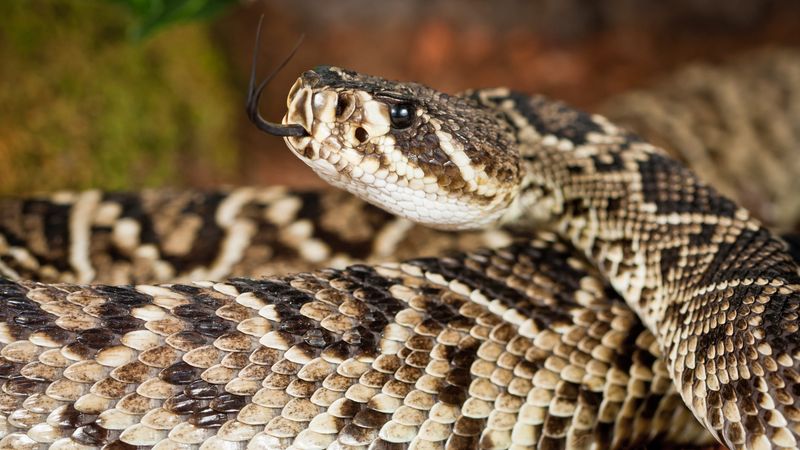
While Yosemite National Park in California is famous for its granite cliffs and waterfalls, it’s also home to several snake species, such as the Sierra garter snake. This non-venomous snake is often found near water bodies, taking advantage of the park’s numerous rivers and streams.
The Sierra garter snake’s vibrant colors make it a beautiful sight for those lucky enough to spot one. As it feeds on amphibians and small fish, it plays a crucial role in aquatic ecosystems.
Explorers venturing near water sources may have more opportunities to observe these snakes in action. Their presence is a reminder of the diverse wildlife that thrives in Yosemite’s varied habitats.
Always be mindful of your surroundings and enjoy the natural beauty these creatures add to the park.
8. Joshua Tree National Park
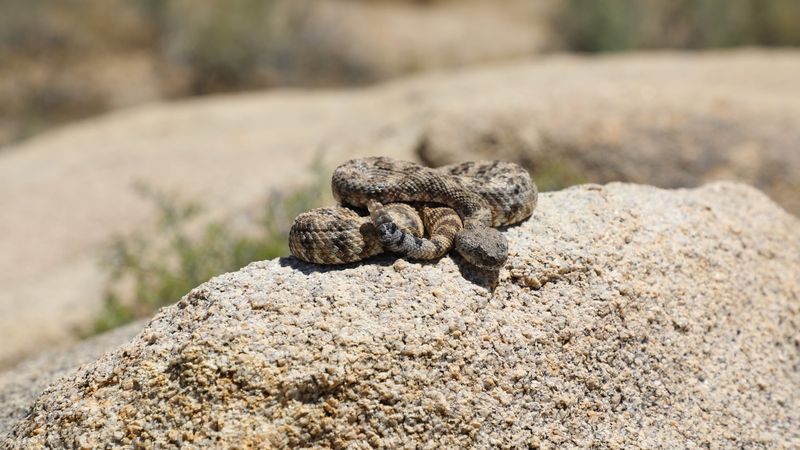
Joshua Tree National Park, known for its unique desert flora, is also a habitat for the elusive rosy boa. This slow-moving, non-venomous snake is a favorite among reptile enthusiasts due to its docile nature and striking appearance.
The park’s rocky terrain and desert environment are perfect for rosy boas, providing plenty of hiding spots and opportunities for hunting small mammals. Their slow, deliberate movements make them easier to observe than other more elusive species.
When exploring Joshua Tree, keep an eye out for these snakes in rocky crevices or sunning themselves on warm surfaces. Their presence adds a layer of intrigue to the park’s already fascinating landscape.
Remember to respect their space and contribute to the conservation of their natural habitats.
9. Saguaro National Park
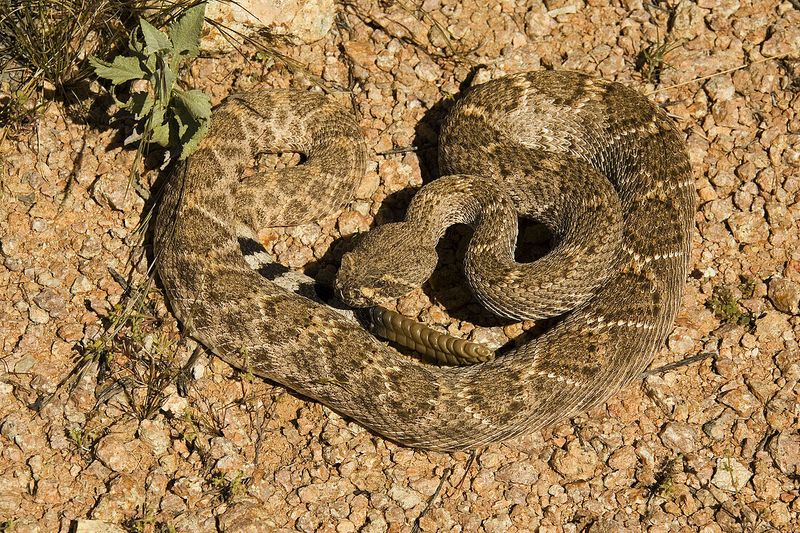
Saguaro National Park in Arizona is famous for its iconic cactus, but it’s also home to the western diamondback rattlesnake.
This venomous snake is well-known for its distinctive rattle and diamond pattern, making it a symbol of the American Southwest.
The park’s Sonoran Desert environment provides an ideal habitat for these rattlesnakes, with plenty of cover under shrubs and rocky outcrops. They’re often seen basking on sun-warmed rocks or retreating into the shade during the hottest parts of the day.
Visitors should be cautious and aware of their surroundings when hiking in the park. The presence of these snakes is a testament to the rich biodiversity in this desert landscape.
Observing these creatures from a safe distance can enhance your appreciation of the park’s natural wonders.
10. Yellowstone National Park

Yellowstone National Park, spanning Wyoming, Montana, and Idaho, is a land of geothermal wonders and diverse wildlife, including the prairie rattlesnake. This venomous snake is often found in open grasslands and rocky areas within the park.
The prairie rattlesnake is an adept hunter, preying on small mammals and birds. Its presence is essential for maintaining the ecological balance in Yellowstone’s vast landscapes.
Explorers venturing into the park’s lesser-traveled areas may encounter these snakes, especially during the warmer months.
It’s important to remain vigilant and respect their space, as they play a crucial role in the park’s ecosystem. Observing their behavior from afar can provide fascinating insights into the natural world.
11. Rocky Mountain National Park
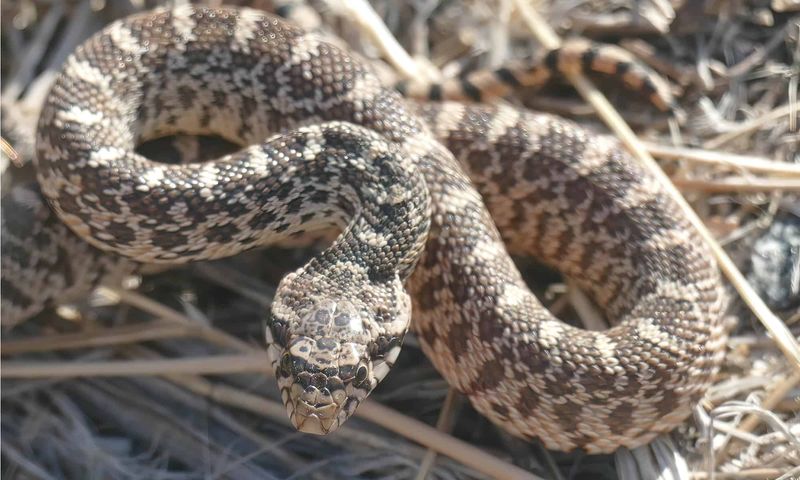
Rocky Mountain National Park in Colorado is a stunning landscape of rugged mountains and alpine meadows, where the western terrestrial garter snake thrives.
This non-venomous snake is commonly found near water sources, where it hunts for amphibians and small fish.
The park’s varied elevations and climates support a diverse range of wildlife, making it an exciting place for nature enthusiasts.
The western terrestrial garter snake’s striking patterns and colors make it a favorite subject for photographers.
When hiking along streams or wetlands, keep an eye out for these snakes. Their presence highlights the intricate web of life that exists within the park.
Enjoy watching them in their natural habitat, and always show respect for wildlife by keeping a safe distance.
12. Shenandoah National Park
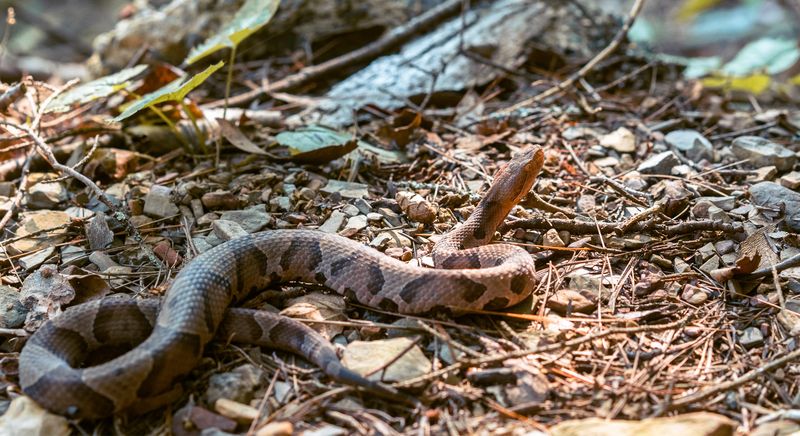
Shenandoah National Park in Virginia is a lush, forested haven for wildlife, including the elusive eastern copperhead snake.
Known for its distinctive copper-colored head and hourglass pattern, this venomous snake is a master of camouflage.
The park’s dense forests and abundant leaf litter provide perfect hiding spots for copperheads, making encounters both thrilling and challenging to spot. Their presence is essential in controlling rodent populations within the park.
For those exploring Shenandoah, maintaining awareness and sticking to marked trails is crucial.
Observing these snakes in their natural environment offers a unique glimpse into the park’s rich biodiversity. Always prioritize safety and respect the wildlife that calls this beautiful landscape home.


